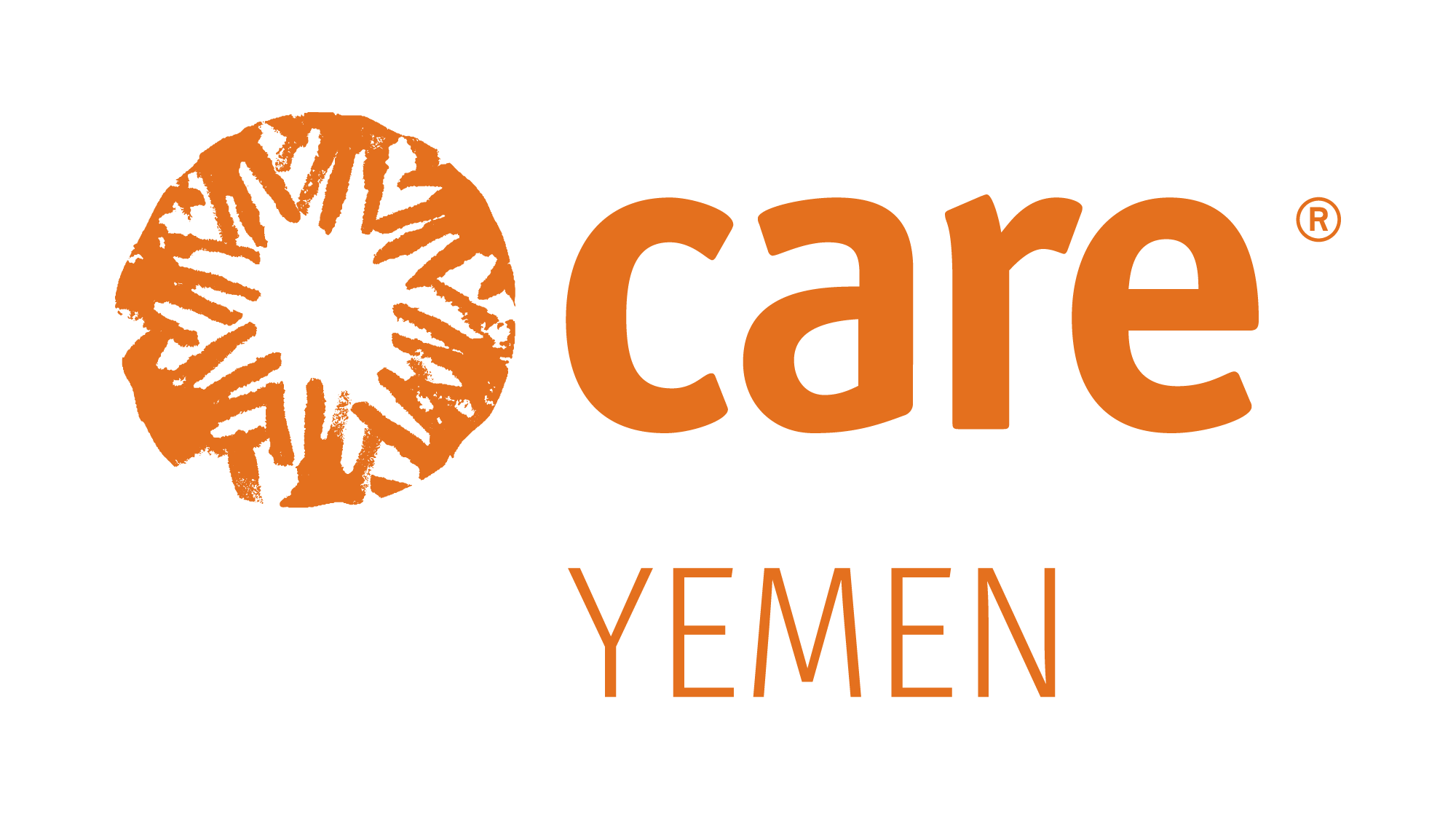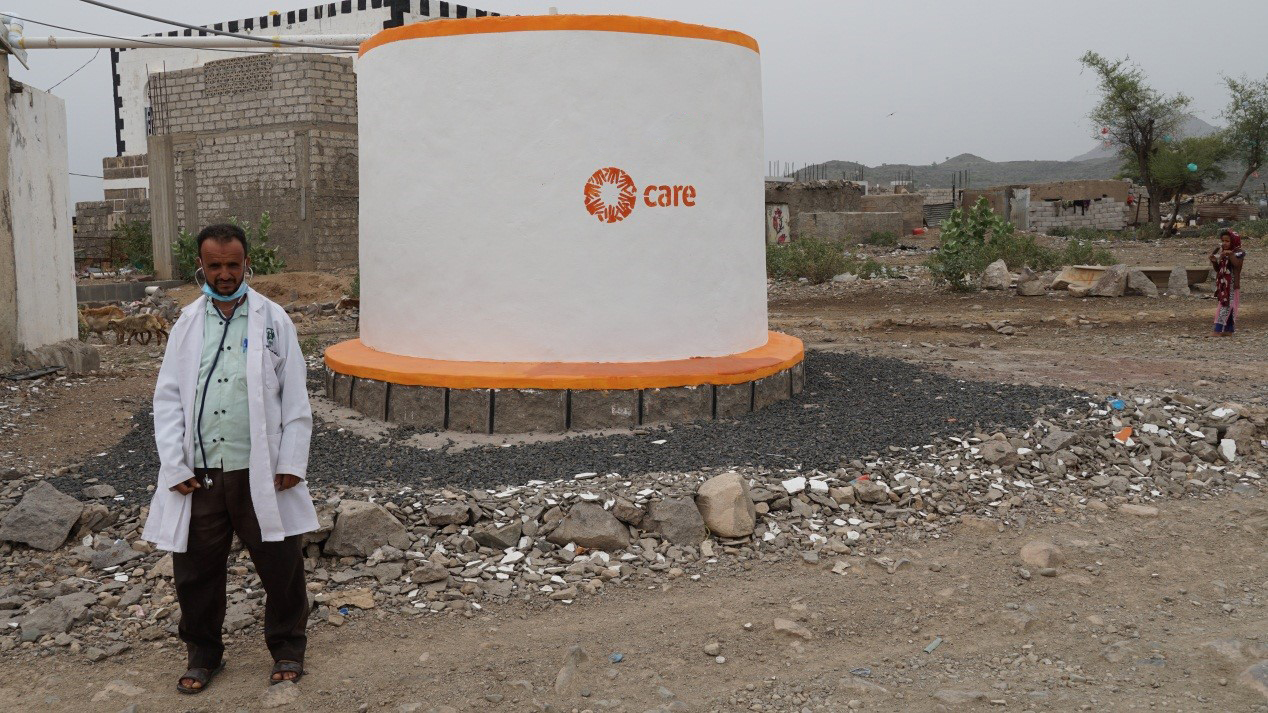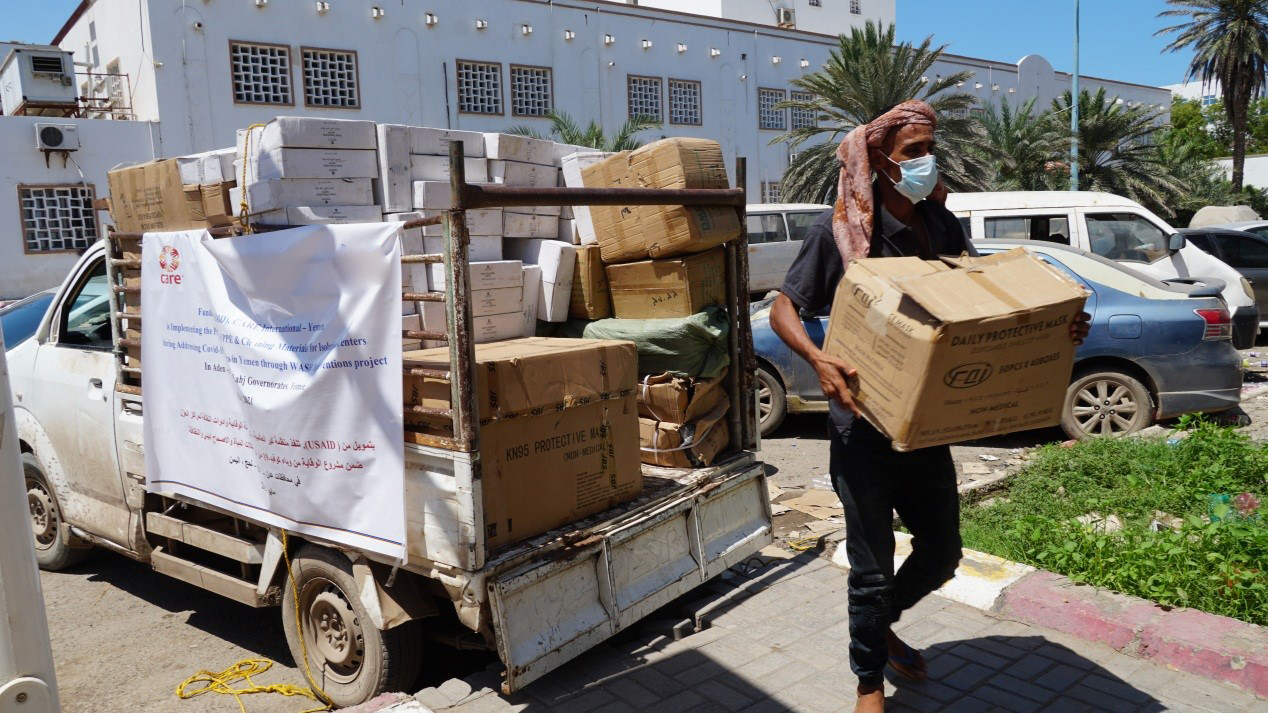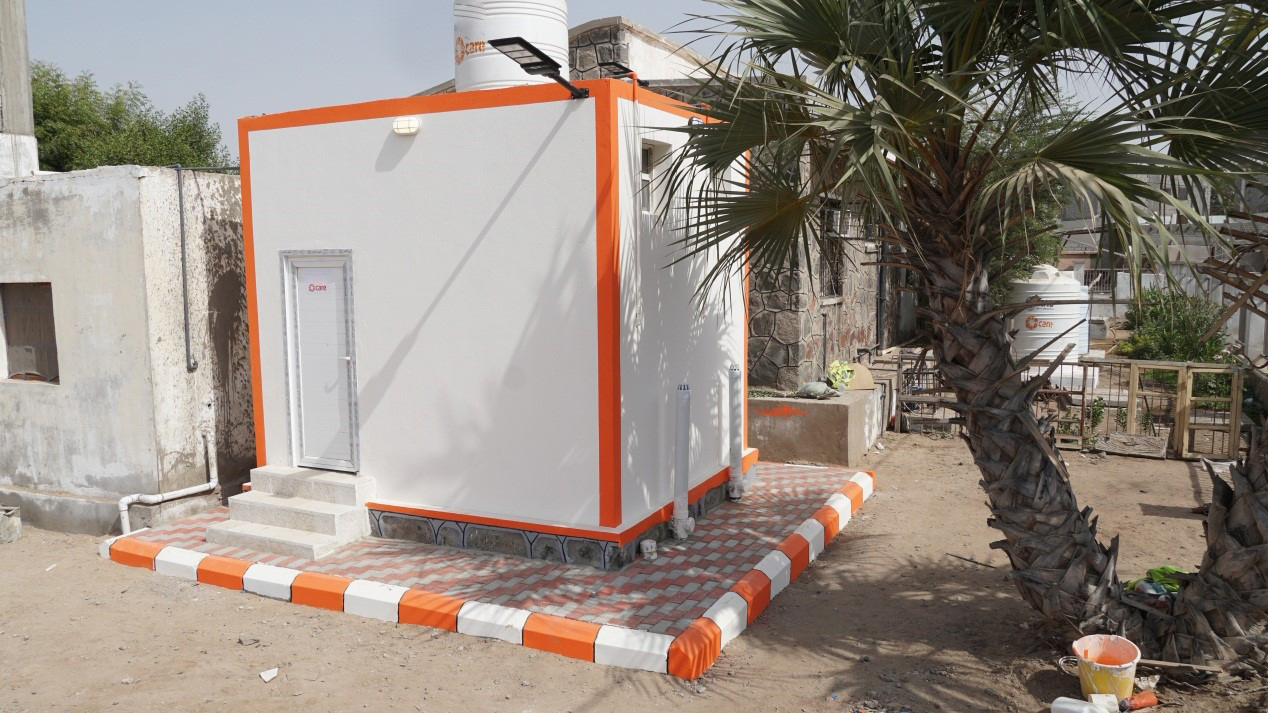After more than six years of relentless armed conflict, Yemen is facing a crisis on multiple fronts: looming famine, economic crisis, and outbreaks of diseases such as dengue, acute diarrhea, cholera, and COVID-19. A total of 15.4 million Yemeni people lack access to safe water and sanitation, while 20.7 million people lack access to adequate healthcare.
Decades of underdevelopment and years of intense fighting have left only half of all health facilities fully functional. The disruption of public services, especially in the health, water, and sanitation sectors, large-scale displacement, and the widespread of deadly diseases, such as cholera, dengue, and malaria, have made Yemenis even more vulnerable. The lack of supplies, as well as equipment, operational costs, and irregular payment salaries, hinders health staff’s ability to provide proper health care and puts the lives of millions at risk. COVID-19 pandemic has aggravated the situation further, with roughly 15 percent of the functioning health systems repurposed for COVID-19 treatment.
In many areas of Al Dhale governorate in southern Yemen, health facilities that still operate can barely meet the dire need for health services due to the lack of essential facilities, medical supplies, and equipment.
Mohammad Saeed, a resident from Al Dhale governorate, says: “We have suffered from the spread of diseases and epidemics for long years as a result of the prolonged conflict and its impact on the health sector. You can imagine how the situation is now with the spread of the new COVID-19 pandemic.”
To provide quality care, health facilities need to have a safe and accessible water supply and clean and safe sanitation facilities. Infrastructure that supports water, sanitation, and hygiene (WASH) in health facilities helps in preventing the spread of diseases within the health facility and to the surrounding community.




